Advertisement
Working with large datasets often feels overwhelming until you have the right tools. Apache Spark makes it manageable by letting you process data across many machines with ease, and its RDD (Resilient Distributed Dataset) is where it all begins. For Python users, PySpark bridges the gap, bringing Spark’s distributed power into a familiar language.
Creating an RDD is the first building block to analyze, transform, and explore your data at scale. Whether you’re experimenting locally or building something for production, understanding how to create RDDs in PySpark gives you a strong foundation to handle big data confidently and efficiently.
Before you can start working with RDDs, you need to set up a Spark context — the gateway to Spark’s engine. In PySpark, the easiest way to do this is by creating a SparkSession, which neatly handles both configuration and the underlying SparkContext. Here’s how it looks:
from pyspark.sql import SparkSession
spark = SparkSession.builder.appName("CreateRDDExample").getOrCreate()
sc = spark.sparkContext
The spark object is your main handle for Spark, and sc gives you direct access to create RDDs. For local testing, this setup works as is, while clusters can be configured in the builder.

One of the simplest ways to create an RDD is to parallelize an existing Python collection. This is very handy when you already have data in memory and want to process it using Spark’s distributed model. The parallelize() method takes your collection and distributes it as partitions across the available cores.
data = [1, 2, 3, 4, 5]
rdd = sc.parallelize(data)
By default, Spark decides the number of partitions based on your system. You can explicitly set the number of partitions like this:
rdd = sc.parallelize(data, 4)
Here, the RDD is divided into four partitions. This control is useful when working with large clusters or when tuning performance. You can check how many partitions an RDD has using:
print(rdd.getNumPartitions())
RDDs created with parallelize() are mainly used for testing, prototyping, or when your dataset is small enough to fit into memory on the driver machine. For production-scale data, you’ll usually read from external storage.
Spark is designed to handle data stored on distributed file systems like HDFS, Amazon S3, or even just a local file system. To create an RDD from a file, use the textFile() method. It reads text files and creates an RDD where each element is a line from the file.
rdd_from_file = sc.textFile("path/to/your/file.txt")
You can specify a local path, an HDFS path, or an S3 path. The textFile() method automatically handles splitting the file into partitions. Like parallelize(), you can control the number of partitions by providing a second argument:
rdd_from_file = sc.textFile("path/to/your/file.txt", 10)
This is particularly important when reading very large files, where increasing partitions can improve parallelism and performance. You can apply transformations like map, filter, or flatMap on this RDD to process each line.
If your data consists of multiple files, you can pass a directory path or use wildcards:
rdd_from_files = sc.textFile("path/to/data/*.txt")
Each file is read and distributed across partitions seamlessly.
Once you have an RDD, you often create new RDDs by applying transformations to it. These transformations are lazy, meaning Spark doesn’t actually compute anything until you perform an action like collect() or count(). Some common transformations include:
For example:
numbers = sc.parallelize([1, 2, 3, 4, 5])
squared_numbers = numbers.map(lambda x: x * x)
even_numbers = squared_numbers.filter(lambda x: x % 2 == 0)
Here, squared_numbers and even_numbers are new RDDs derived from the original. Every transformation results in a new RDD while keeping the original immutable. This is part of what makes Spark fault-tolerant and efficient.
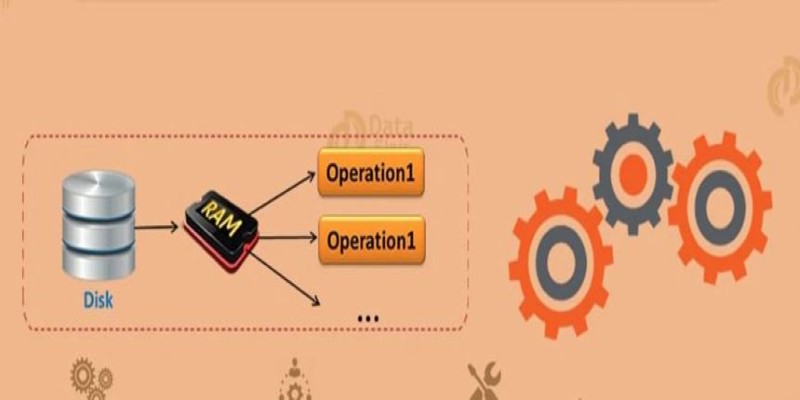
If you plan to reuse an RDD multiple times, it can save time to persist it in memory or on disk. By default, RDDs are recomputed each time you act. To avoid this, you can call cache() or persist().
rdd.cache()
or
rdd.persist()
Caching stores the RDD in memory, while persist() allows you to specify different storage levels, such as memory and disk. This is especially helpful when your data is large and your computation pipeline reuses intermediate results.
You can view the contents of an RDD using actions. Common actions include:
Example:
print(rdd.collect())
print(rdd.count())
These actions trigger computation. Since Spark operates lazily, nothing is executed until you call an action.
After completing your work, always stop the Spark session to free up resources:
spark.stop()
This ensures your application terminates cleanly and releases cluster or local resources.
Creating RDDs in Apache Spark using PySpark is a straightforward yet powerful way to work with distributed data. Whether you’re working with a simple Python collection for quick testing, reading large files from distributed storage, or transforming existing datasets, PySpark provides simple methods to create and manipulate RDDs effectively. Taking the time to understand the different ways to create and work with RDDs helps you design more efficient applications and get the most out of Spark’s distributed processing capabilities. With just a few clear steps, you can set up, transform, and analyze data at scale, all from Python. Knowing when and how to create and persist RDDs gives you control and flexibility for processing everything from small experiments to production workloads.
Advertisement

Dynamic Speculation predicts future tokens in parallel, reducing wait time in assisted generation. Here’s how it works and why it improves speed and flow

Discover why banks must embrace innovation in compliance to manage rising risks, reduce costs, and stay ahead of regulations

GenAI helps Telco B2B sales teams cut admin work, boost productivity, personalize outreach, and close more deals with automation

Discover the best Business Intelligence tools to use in 2025 for smarter insights and faster decision-making. Explore features, ease of use, and real-time data solutions
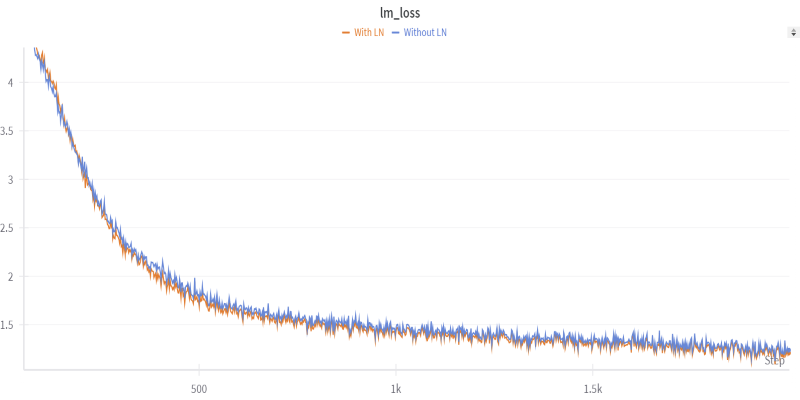
Want to shrink a large language model to under two bits per weight? Learn how 1.58-bit mixed quantization uses group-wise schemes and quantization-aware training

Looking for the best Langchain alternatives in 2025? Explore 8 top LLM frameworks that offer simpler APIs, agent support, and faster development for AI-driven apps
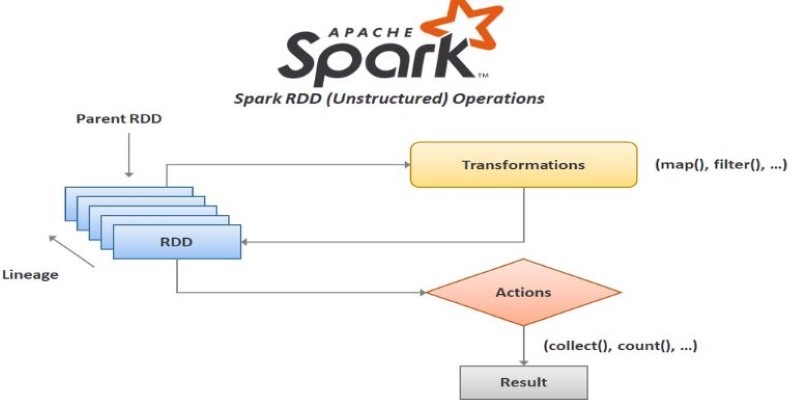
How to create RDD in Apache Spark using PySpark with clear, step-by-step instructions. This guide explains different methods to build RDDs and process distributed data efficiently
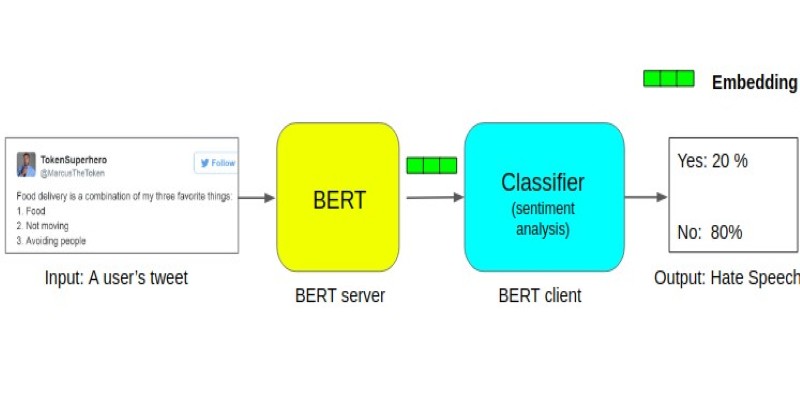
Learn about the BERT architecture explained for beginners in clear terms. Understand how it works, from tokens and layers to pretraining and fine-tuning, and why it remains so widely used in natural language processing

What happens when Nvidia AI meets autonomous drones? A major leap in precision flight, obstacle detection, and decision-making is underway
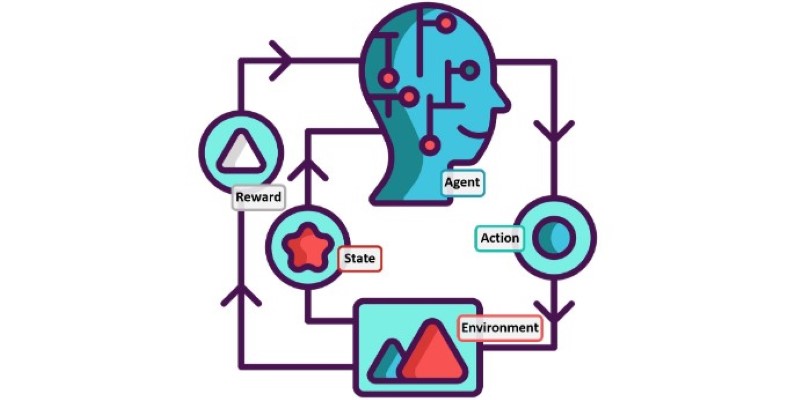
Confused between lazy learning and eager learning? Explore the differences between these two approaches and discover when to use each for optimal performance in machine learning tasks

Explore Apple Intelligence and how its generative AI system changes personal tech with privacy and daily task automation

Want OpenAI-style chat APIs without the lock-in? Hugging Face’s new Messages API lets you work with open LLMs using familiar role-based message formats—no hacks required